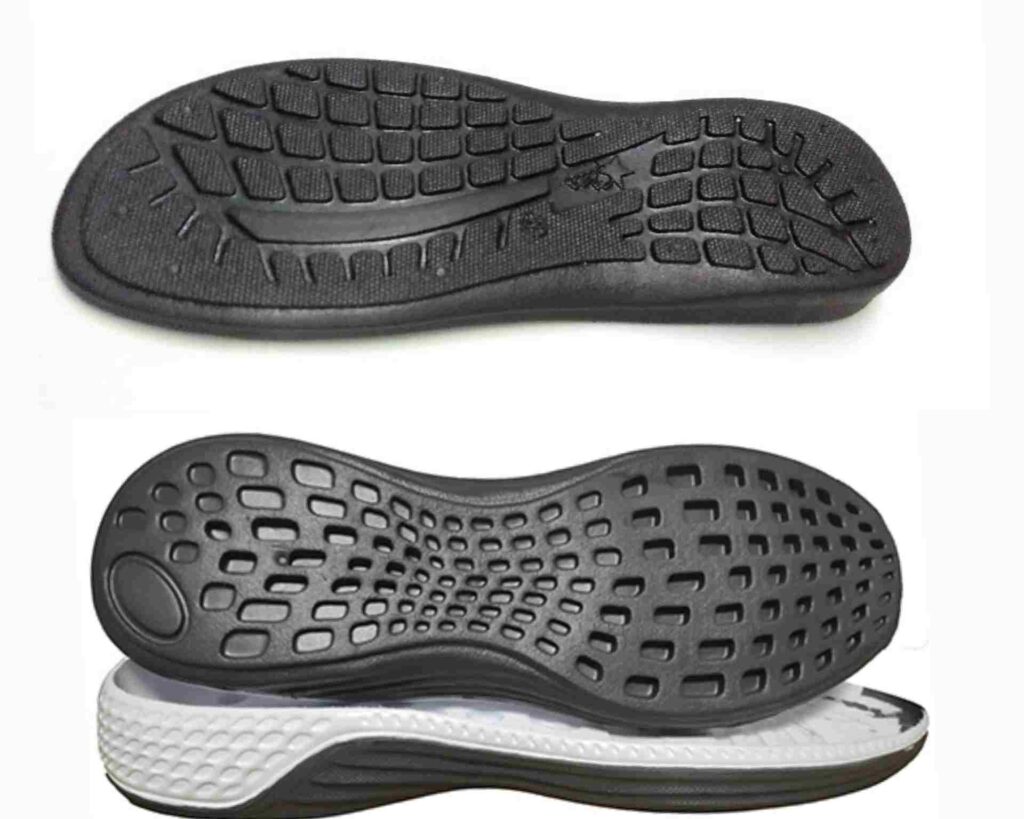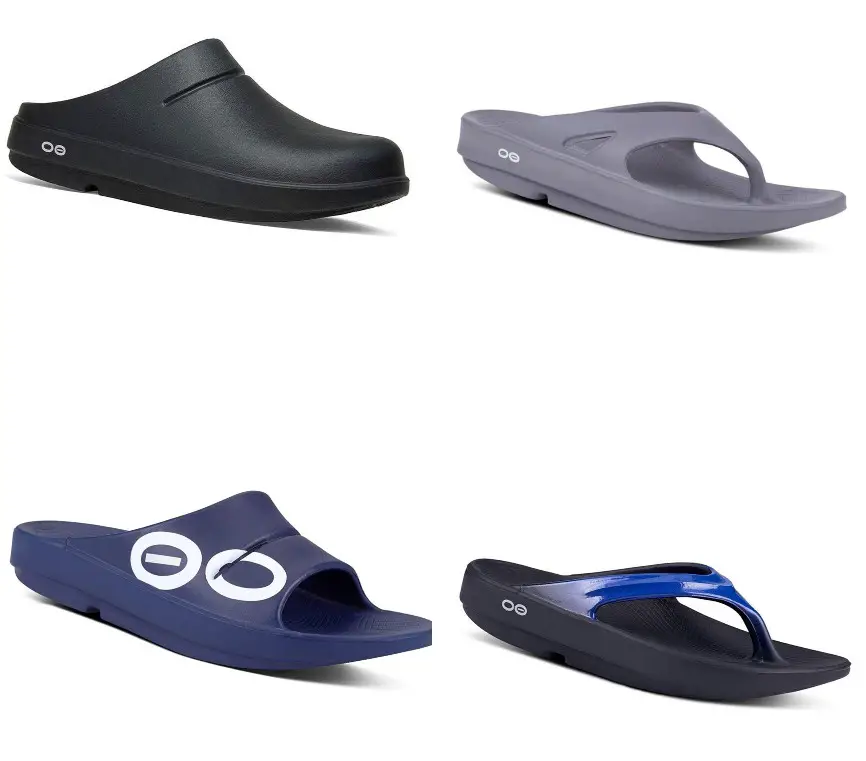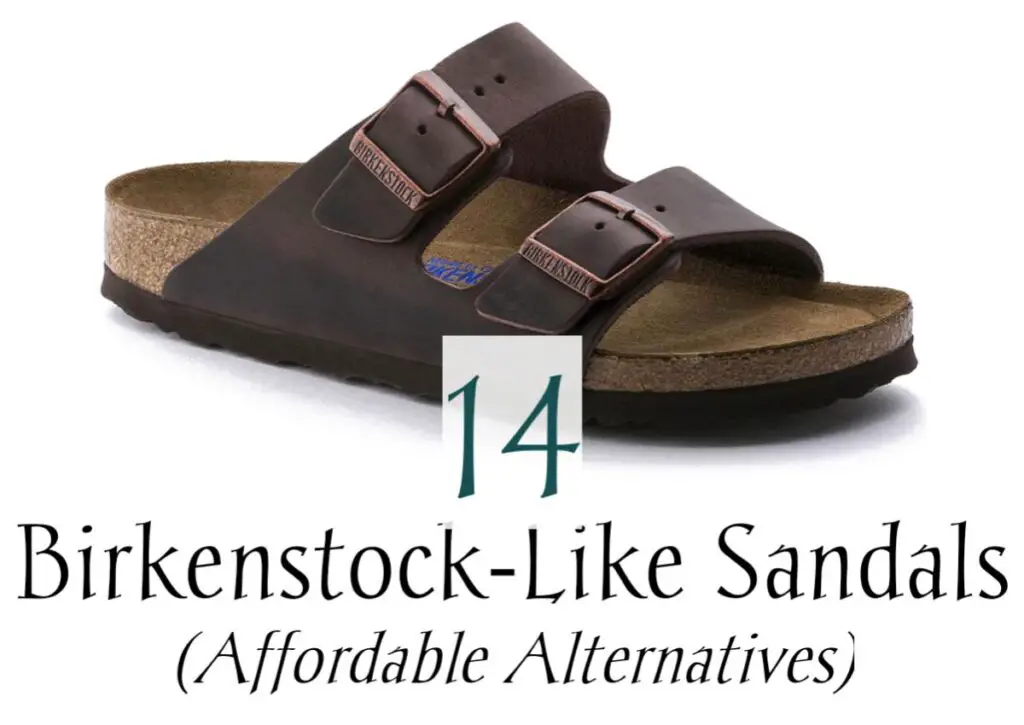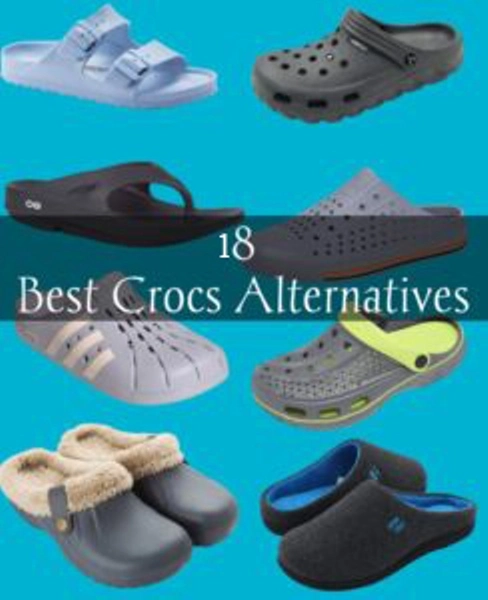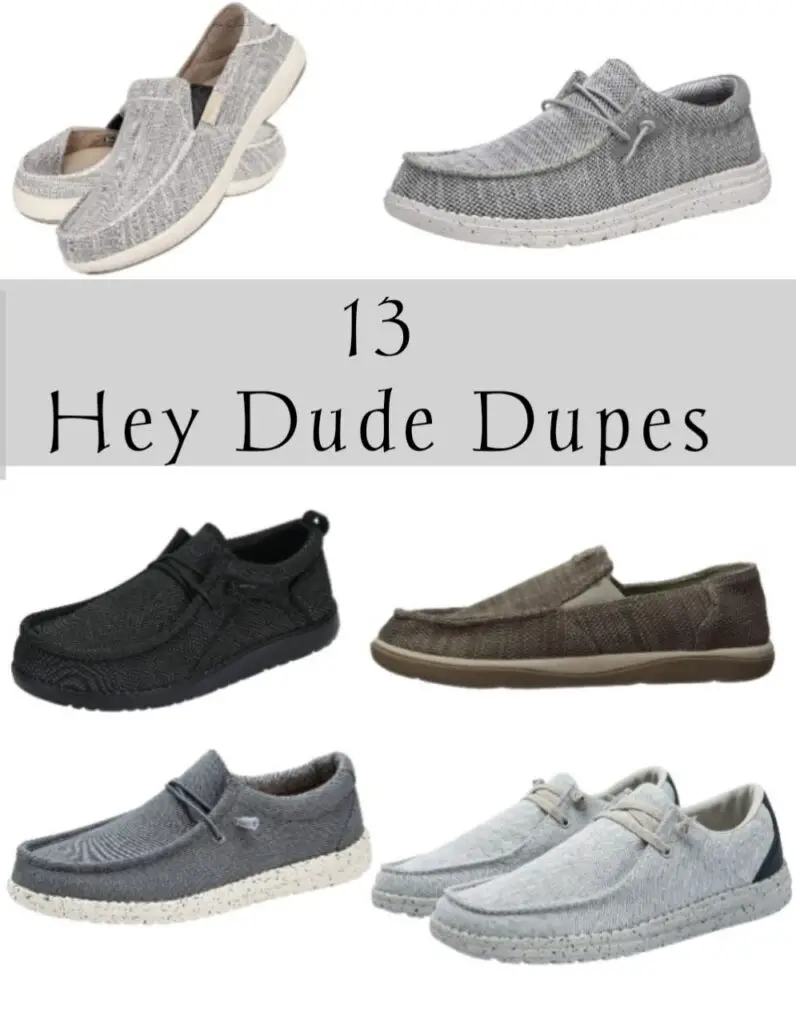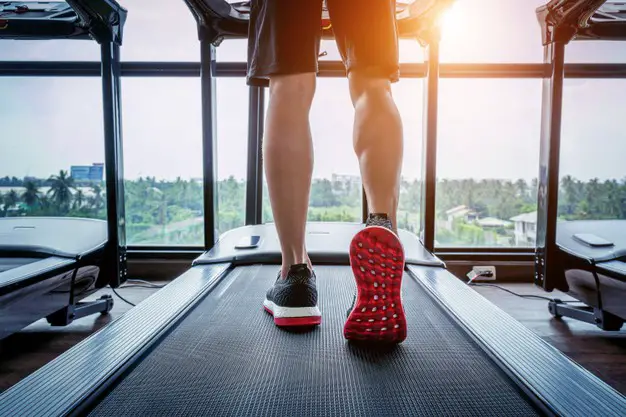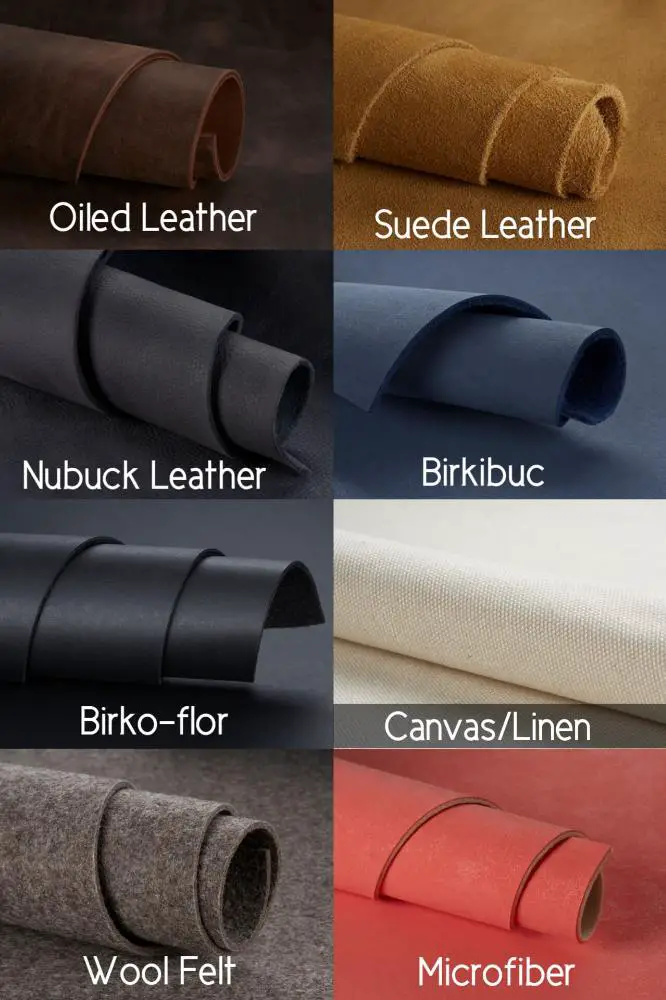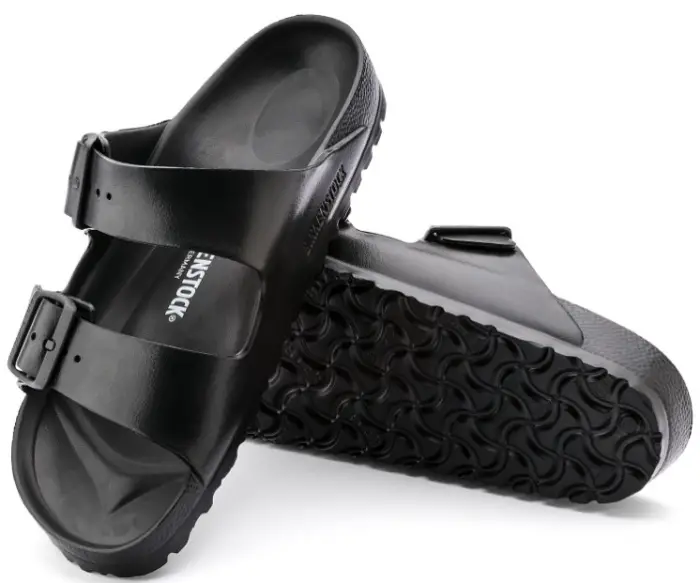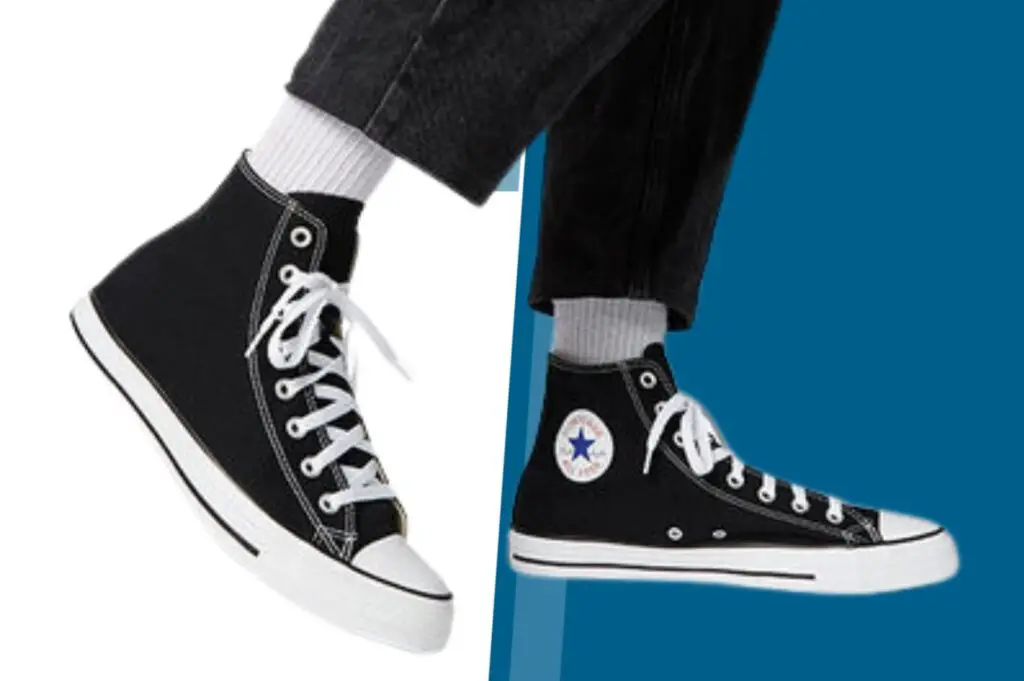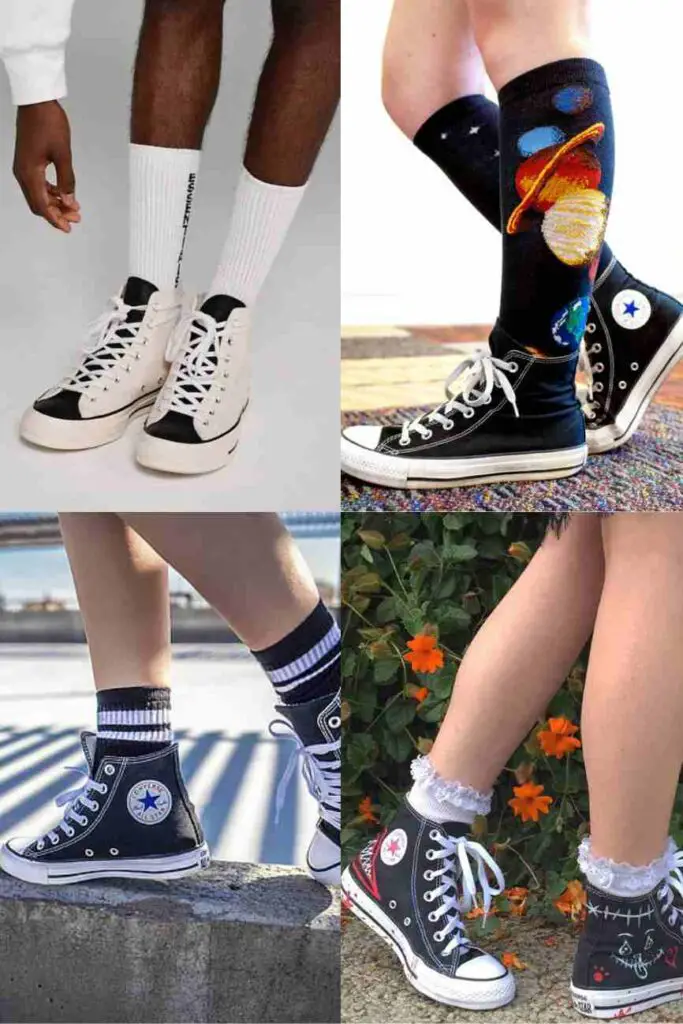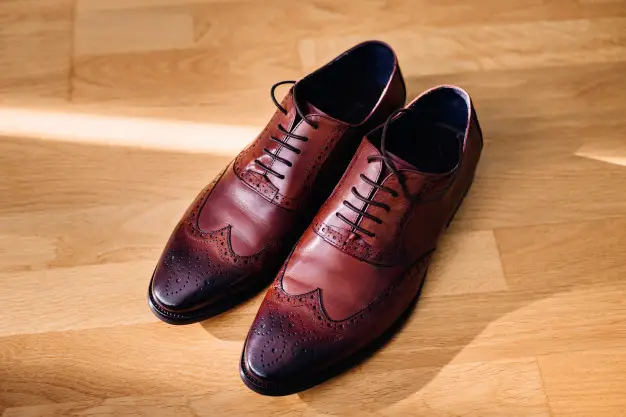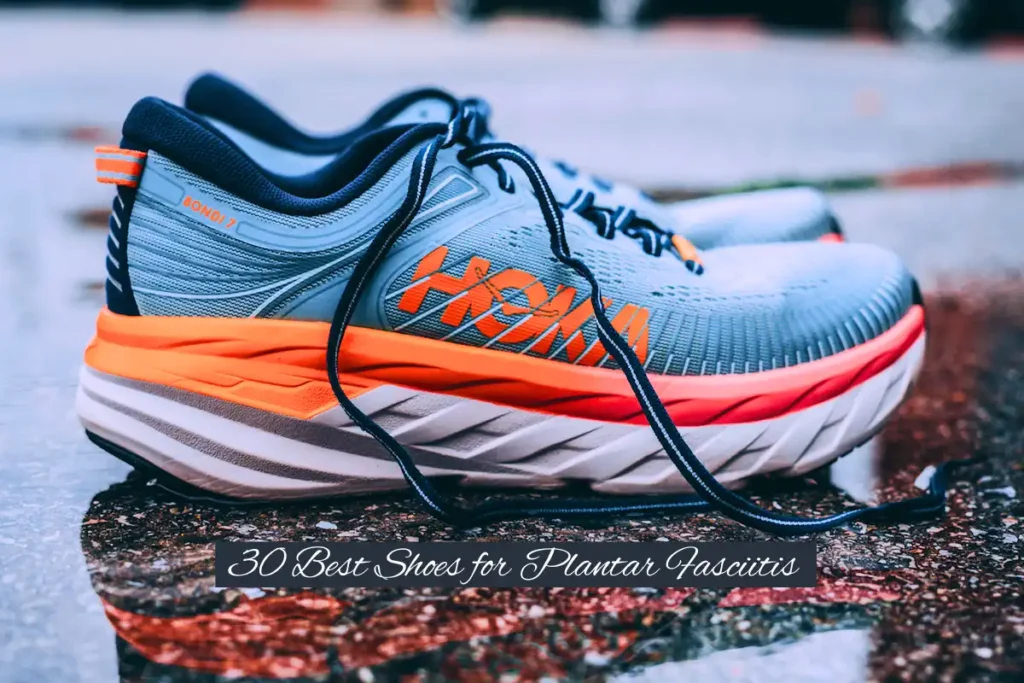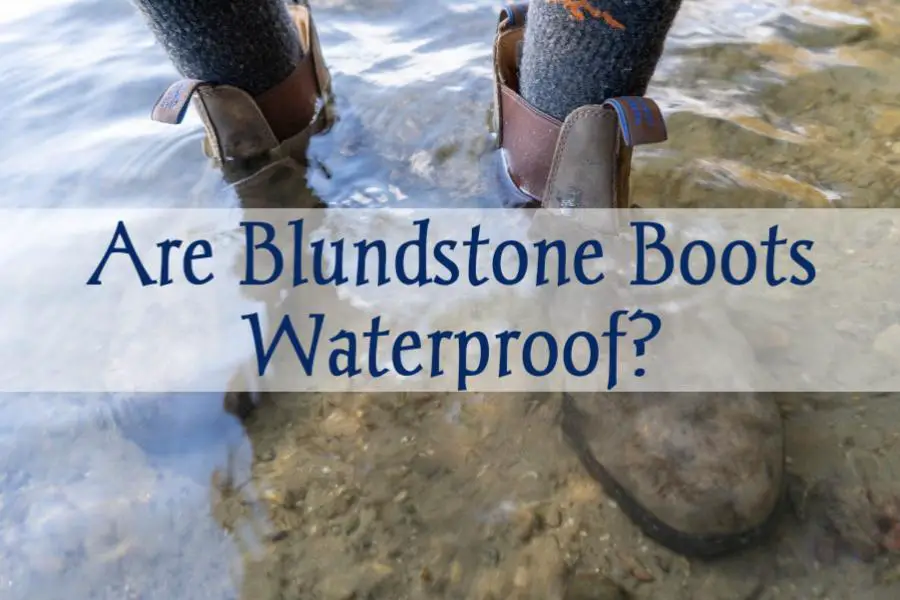Aside from its application in construction, Polyvinyl Chloride (PVC) is heavily used in the footwear industry as shoe soles.
It competes with other sole materials like EVA, TPR, rubber, PU, and leather.
And just like every other material, PVC sole has its downsides as well as advantages. It is resistant to abrasion and oil but has poor slip resistance.
Therefore, this article explores the different pros and cons of PVC soles, to help you understand whether it is a good sole material or not.
Advantages of PVC sole
1. Durable and resistant to abrasion
Pure PVC materials do not tear or wear easily. Shoes with PVC soles will therefore last longer.
2. Resistant to oil and gas
Unlike the materials that would react on exposure to oil or gas, the PVC sole remains inert. That is why it is used in some work boots.
3. Comfortable and lightweight
PVC sole is light. So you wouldn’t have to be dragging your legs along on each foot strike.
4. Cheap
Compared to rubber or leather soles, PVC soles are cheap. It is cheaper because the material is easily accessible and can be produced. So shoes made with PVC soles are affordable.
5. Good insulation
PVC sole provides good insulation as it doesn’t conduct either heat or electricity.
Disadvantages of PVC sole
- A major downside of PVC sole is that it is not resistant to slip and skid.
- PVC sole has poor texture
- It is not flexible and has poor breathability
- PVC sole has poor resistance to low temperature (say below -20°C).
- PVC sole has poor attachment ability with leather. Hence it is expensive to make quality shoes with this sole material.
PVC sole vs EVA sole
The PVC sole is made out of PVC, or polyvinyl chloride. Despite its composition, it is not considered to be a toxic material. It has been around for decades and many products are made with it.
EVA, or ethylene-vinyl acetate, is a material that is used to produce rubber soles for various footwear products. Some say that it is more durable than the PVC sole and can provide more traction on slippery surfaces.
So, while PVC sole is applied in children’s and casual shoes, EVA sole is used for making comfortable running and walking shoes.
PVC sole vs Rubber sole
PVC sole vs rubber sole is a debate that has been going on for a long time. Which one is better? Which one should you choose?
Many factors determine the quality of shoes: comfort, durability, and style. But if we talk about which shoe is better on the streets, the answer seems to be clear: Rubber soles.
The reason that rubber soles are preferred over PVC ones is that they provide more traction and grip on slippery surfaces such as wet floors or ice.
Meanwhile, both have their advantages and disadvantages, but there are a few key things that you need to know before you make your decision:
PVC soles cost less than rubber soles, have a better grip on ice and snow, and will last longer.
Rubber soles are more durable, provide better traction on wet surfaces, and can be easily cleaned by rinsing them off in the water.
PVC sole vs TPR sole
PVC soles are usually found on dress shoes and other types of formal shoes. This type of material is durable and lasts a long time. It also resists water making it suitable for rainy days.
However, because of their rigidity, PVC soles can be uncomfortable for people with sensitive feet. They have greater ground contact which could cause pain in the feet if there is not enough cushioning in between the foot and the sole.
TPR soles are usually found on athletic shoes, hiking boots, and other types of casual footwear.

